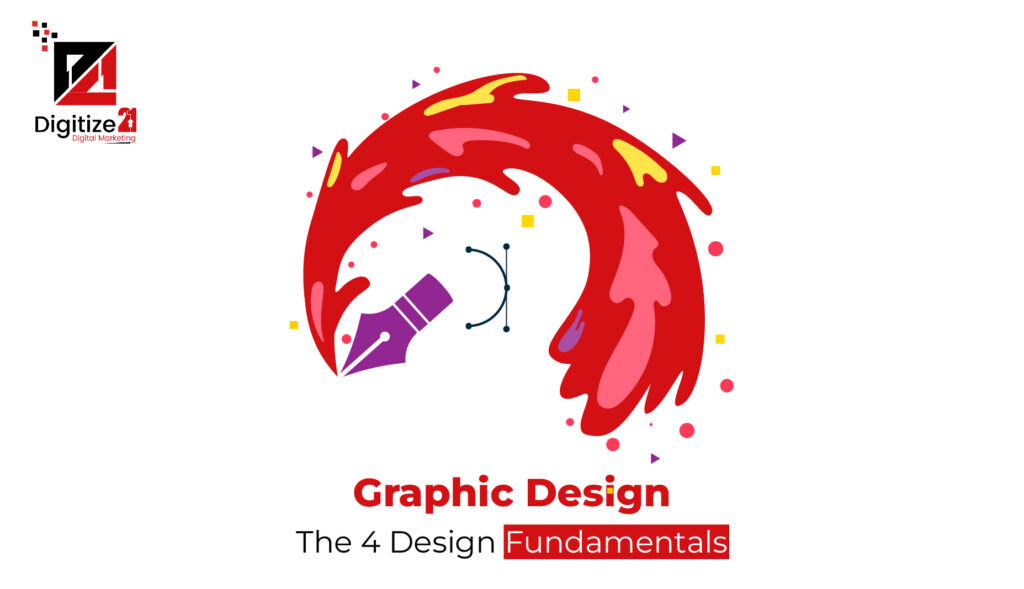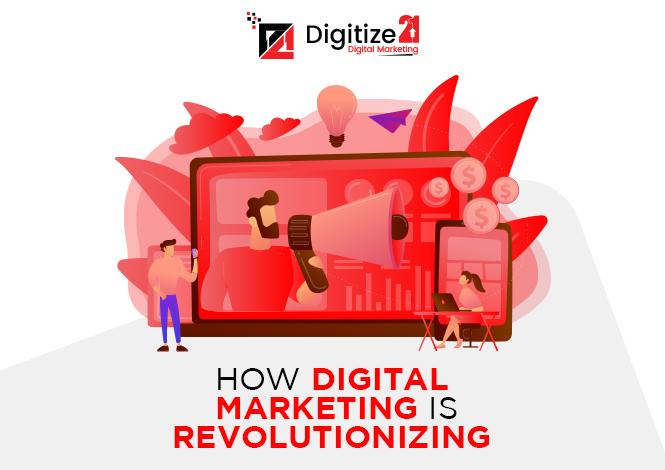The dynamic and creative field of graphic design includes the practice of visual communication. Graphic designers are vital to the way we engage with the world around us, from branding and advertising to web design and print media. Fundamentally, graphic design is about using typefaces, colors, layouts, and pictures to effectively communicate a message or idea. We’ll look at the four basic principles of graphic design and see how they affect the production of visually stunning and powerful designs.
Let’s take a look at what you need to know to make all of your designs rock:
Balance.
In graphic design, balance is a fundamental concept that describes how visual weight is distributed throughout a composition. A design that is harmoniously and steadily balanced directs the viewer’s eye smoothly over the page. Three primary categories of balance exist:
Symmetrical Balance: When components are equally spaced on both sides of a central axis, symmetrical balance is created, which gives the impression of balance. Balance of this kind can imply stability and order, and it is frequently employed in formal designs.
Asymmetrical Balance: To achieve asymmetrical balance, components with different visual weights must be carefully placed to produce balance. Even if it isn’t the same on all sides, an asymmetrical design finds balance by carefully choosing its size, color, and placement.
Radial Balance: Elements radiate outward in a spiral or circular pattern from a central point in radial balance. Often, circular compositions, logos, and insignia exhibit this kind of balance.
Hierarchy.
To communicate an element’s relative importance and direct the viewer’s attention, it is organized into a hierarchy. A distinct hierarchy makes it easier for viewers to traverse the design and comprehend the hierarchy of the message. Among the methods for establishing hierarchy are:
Size: Size is a useful technique for creating a hierarchy because larger items typically grab more attention than smaller ones.
Color: Vibrant, dramatic colors can highlight particular components, while muted colors might blend into the background.
Typography: Different font styles, weights, and sizes can draw attention to particular text elements and establish a hierarchy in a layout.
Placement: Making key components stand out in the composition helps draw the viewer’s attention to them and emphasizes their importance.
Contrast.
When elements with different visual characteristics—like color, size, shape, or texture—are placed next to each other, contrast is created. Designers can highlight particular components and call attention to particular parts of the design by utilizing contrast. Applying contrast effectively
To ensure that critical information is easily readable, the contrast between colors and typeface can help to improve readability.
Create Visual Interest: Contrast gives a design more visual interest and energy, which increases its memorability and engagement.
Emphasize Key Elements: Designers can highlight the significance and effect of key elements by setting them out from surrounding pieces.
Typography.
The fonts you choose to convey the words in your designs are just as significant as the words themselves.
Typography includes everything, including layout and font choice. It conveys a great deal about who you are and what you stand for in addition to your main message. things are crucial to get things correct because of this.
How to creatively apply the rules of typography: You must be familiar with the fundamentals of typography. However, you also need to know how to use them imaginatively. Find out more about using fundamental typographic principles to inspire creativity.
A crash course in typographic vocabulary: Do you need to brush up on typography terminology? Take a look at this crash course to get familiar with typography terminology.
How to select fonts while designing a website: Your site design will look more polished using the appropriate typefaces. You will discover how to select the ideal fonts for your site design in the article.
How to become an expert in responsive typography: You need to have responsive web design and responsive typography because a significant portion of your audience will be seeing your website on a mobile device. Acquire proficiency in responsive typography.
Branding.
Developing a strong brand is essential to making your company, goods, and narrative come to life. How are you able to accomplish that? By making use of all the fundamentals of graphic design that we’ve discussed in this tutorial, you can create a brand that truly represents you.
How to create a corporate branding strategy.
Strategy is the first step in branding. You must prepare ahead of time if you want to create a brand that engages your audience and tells your narrative.
What distinguishes branding from logos, brand identities, and branding?
These are not the same thing, despite popular belief. Learn the distinctions between logo design, branding, and brand identification.
That’s all, then! You now possess all the necessary tools to comprehend the fundamentals of graphic design. Now that you have a strong foundation, all you need to do is use it to create amazing designs that will elevate your brand.



